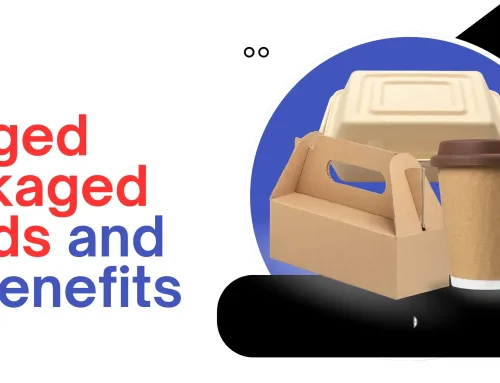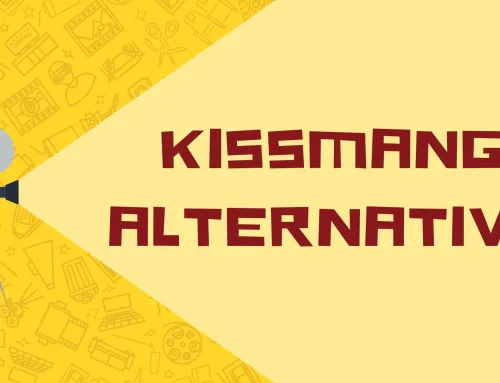Tubed packaged goods have become increasingly popular in this current era owing to a wide range of reasons. The following guide will explain that they need to switch to a tube rather than considering all other traditional packaging options.
From creams to sauce paste, you can find these items stored in various containers or packaging materials.
The traditional way of packing all these items is either in a bottle or a top-lid container. Although these forms have proven to be useful for a long time, they have several drawbacks that have compared the packaging industries and businesses to opt for a new method.
For example, when the cream is stored in a bottle, customers find it hard to squeeze out the last remnants of the product.
As a result, they have to discard the bottle with the medicine, or the cream still left inside. Similarly, when molten cheese is packed in a bowl-type container, storing it for longer shelf life is very hard. These are some of the main reasons why tube packaging came into existence.
Tubed packaged goods- a brief overview
From the name itself, you can understand that Tubed packaged goods are different types of items stored along with a tubelike structure. A tube usually has a cylindrical body which is then pressed together to form a tapered end.
At the mouth, there is a small opening whose exterior surface is reinforced with threads. The screw-top lid also has threads on its inner wall so that you can turn it clockwise or anticlockwise and close or open the tube.
Related: Bottled and jarred packaged goods
When the same structure is used for packaging, labels, ingredients used, bar code, ingredients or composition, and several other information sets are printed or embossed on the outer surface. Therefore, it is very compact and can be carried anywhere easily.
This is, in fact, one of the main reasons why tube goods have become so popular in the market, regardless of the type of item being considered.
Types of tubes used for packaging purposes
Over the years, the packaging industry has undergone several transformations and advancements. Perhaps that’s why you will find a wide range of tubes used for different packaging types of elements properly.
However, shifting to tube packaging from the traditional one without knowing its types can lead to a disaster. This is why we have put forth some of the common tube packaging techniques that are popular in the market.
- Sealed bottom tube
- Heavy-walled tube
- Mailing tube
- Thin-walled tube
- Hanging tube
- Medium-walled tube
- Ultra-thin-walled tube
You must choose the type according to the item that needs to be stored inside, the volume, and the end customers.
Benefits of tubed packaged goods over traditional processes
With the introduction of the new packaging concept, the entire industry has seen growth in numbers. This is why we can easily conclude that this new form of packaging has several advantages over traditional methods. To make you more aware of tube packaging goods, we have illustrated its benefits in the following section.
1. Helps in branding
One of the main benefits of choosing tube-packaged goods is branding. You can easily emboss the brand and manufacturer’s names on the front in bold, large letters. Then, if there is enough space at the back of the tube, you can also plan a branding logo there.
2. Acts as a UV protector
Most tubes are made from materials that can block UV radiation and prevent chemical degradation of goods stored inside.
For example, when you get a tube of vitamin C cream, keeping it exposed to direct sunlight can cause chemical alterations in the composition. This is extremely harmful to the users, so choosing tubed packaging is suitable for your business.
3. Prevents chemical contamination
One of the major drawbacks of open containers or bottles is the risk of chemical contamination. But when it comes to the tubes, they are completely sealed from all around.
Related: Bagged packaged goods
The only small opening at the top is not enough for contamination, which is why many pharmaceutical and cosmetic products are packaged in tubes.
4. Compatible with an inner seal
Nowadays, businesses add an inner seal on the mouth of the tube to prevent accidental loss of stored product insight. But unfortunately, you won’t be able to find the same feature in other packaging methods.
5. Convenient to use
There is no denying that tube-packaged goods are easy to use for every customer. They have to squeeze it a little, and the stored ointment or cream will come out.
Related: Boxed Packaged Goods
6. Cost-efficient
Tube packaging is cost-effective and won’t increase your budget. This is why you can easily opt for this option and reduce the expenses or the overhead surcharges for the packaging domain.
Processing of tubes for goods packaging
- The packaging material stock is first fed through a roller machine.
- After this, the flat material is folded into a cylindrical structure with varying widths and lengths per the demand.
- A high amount of heat is given to the cylindrical structures to attend to the perfect tube shape.
- The ends of the tubes are closed or sealed properly, so there is no fear of leakage.
- Once the structures are formed, they are sent to the cutting machine, where they are cut into multiple pieces before sending over to the manufacturing unit.
Drawbacks of Tubed Packaged Goods
- You cannot use random material for storing a particular type of good.
- There is always a concern about leakage and puncture holes because tubes are made from thin materials.
- If the tube expires, it harms the user because the stored content becomes intoxicated.
Conclusion
Now that you are aware of different techniques used in tube packaging goods and the benefits of this new format, it’s your call whether or not to switch to this new form from traditional ones.
In the beginning, it may not sound very easy to get started with the packaging. But with time, you will soon realize the benefits it has.










